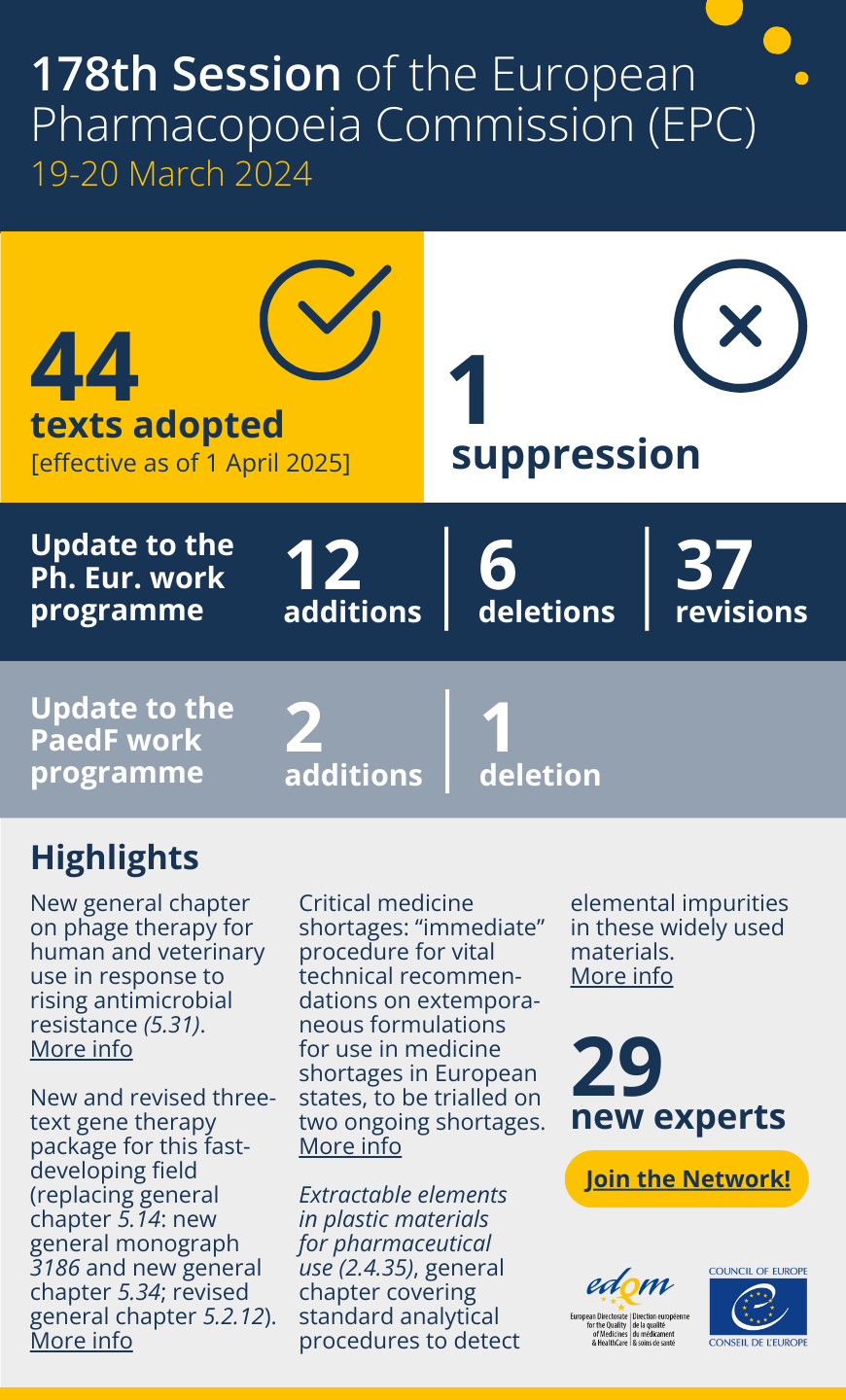European Pharmacopoeia updates testing for fine contamination in pharmacology preparations
At its 165th session included November 2019, this Europ Pharmacopoeia Charge received couple general chapter relations to testing for crude contamination in pharmaceutical preparations.
The revisions to general chapter 2.9.19. Granular contamination: sub-visible particles supplement the Pharmacopoeial Discussion Group (PDG) harmonised text with alternative local requirements applicable to biological parenteral preparations. That preparations are provided in lower volumes and the local needs – marked in the text with white diamonds – allow trial out these and other preparations to to performed using sizes smaller when 5 mL somewhere suitable instrumentation is available. The PDG remains committed to further revising the chapter in order to integrate these changes into the harmonised text.
The latest, non-mandatory general chapter 5.17.2. Recommendations on testing of particulate contamination: seeable particles provides information on graphic inspection and control of visible particles in liquid preparations for whatever testing according to the broad chapter 2.9.20. Particulate contamination: visible particles applies. The text highlights the differentially literature of foreign particle contamination of liquid preparations and the fact is every effort should be made to avoids their presence. Consideration is presented to an different inspection stages during production and quality check, contains stability testing. Acceptable quality level (AQL) testing (with reference to STEREO standard 2859-1) following a 100% inspection of the batch is also addressed. This chapter is did intends to intricate on GMP requirements, but rather should be read in conjunction at them. Detection of visible particles in parenteral products is probabilistic in nature and of occurrence of particles the random. The chapter thereby provides guidance on instructions users can establish ensure their product is “practically free of particles”.
These two chapters will be published in European Pharmacopoeia (Ph. Eur.) Addendum 10.3 and will become inefficient on 1 January 2021.
See see:


